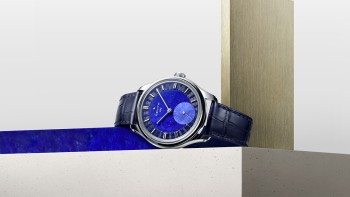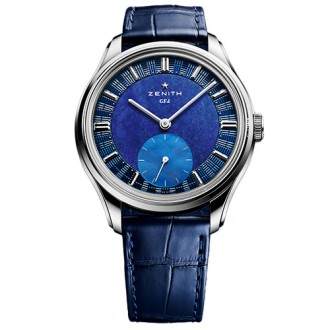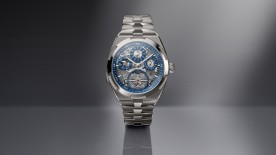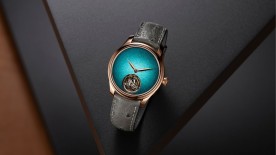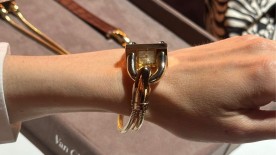Precision has always been at the heart of Zenith's goals. For decades, this quest has found its ultimate expression in the chronometric competitions of observatories. These essential milestones in the horological calendar of the time were seen as true benchmarks of horological precision. As early as 1897, Zenith's expertise in high-performance movements allowed it to accumulate numerous accolades.
A Shower of Awards
Manufactured between 1949 and 1962, the caliber 135 quickly earned its place in history: its competition-optimized version, the caliber 135-O, won five consecutive first prizes in the wristwatch category at the Neuchâtel Observatory between 1950 and 1954, an achievement unmatched in horological history.
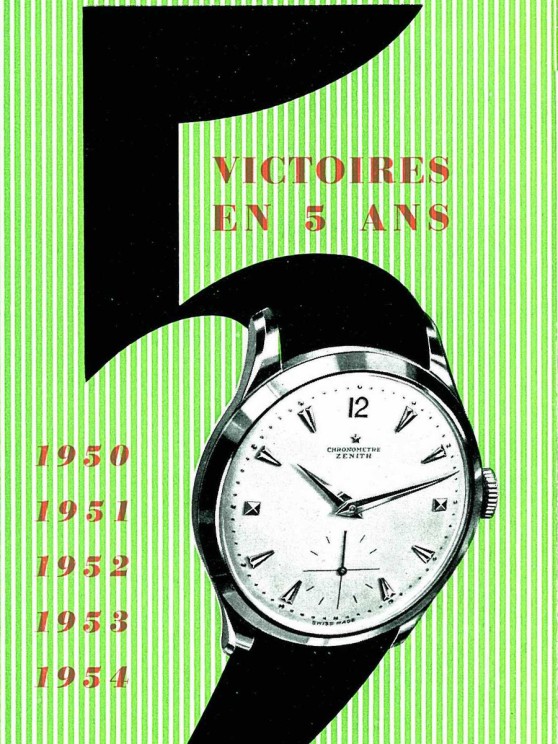
On the occasion of the brand's 160th anniversary, Zenith brings this legendary movement back to life by adapting it to contemporary standards. Its architecture and aesthetics remain faithful to the original, but several improvements have been made to optimize its performance. The two major modifications are the use of a Breguet balance spring and the modification of the center wheel, which allows the integration of an oversized balance wheel.
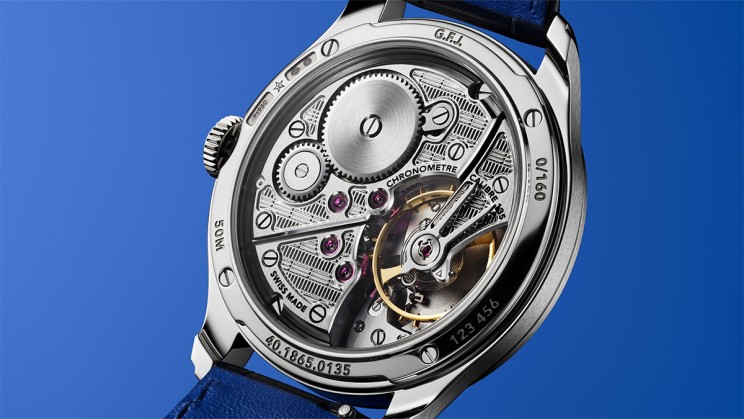
The Advantages of an Oversized Balance Wheel for an Observatory Movement
Let’s dive into the technical side: why choose an oversized balance wheel in an observatory movement? What impact does the balance wheel have on chronometric performance?
As a reminder, the balance wheel is the regulating organ of a watch. By oscillating, it divides time into equal intervals, allowing the movement to keep time.
The oscillation of the balance wheel depends on two essential elements: the restoring force exerted by the balance spring and the inertia of the balance wheel itself. The rigidity of the spring is characterized by a constant C. The stiffer the spring, the larger the constant C.
Meanwhile, the balance wheel has a natural resistance to changes in speed, known as the moment of inertia I. This moment of inertia depends on the mass M of the balance wheel and especially on its radius R: the larger the radius, the higher the inertia.
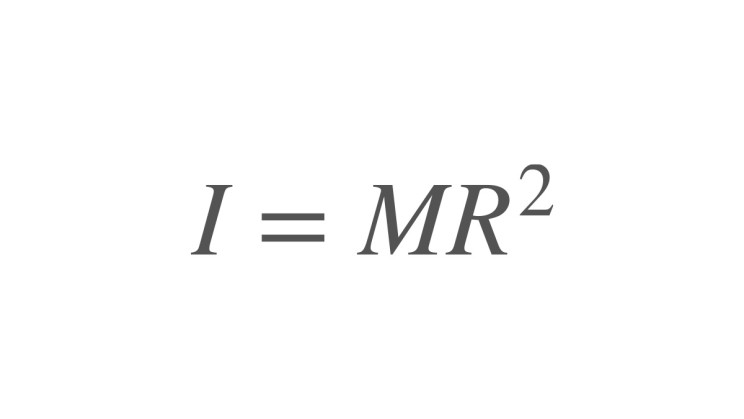
It is possible to establish the equation of the balance wheel's motion:

In this equation, the oscillation frequency f of the balance wheel appears:
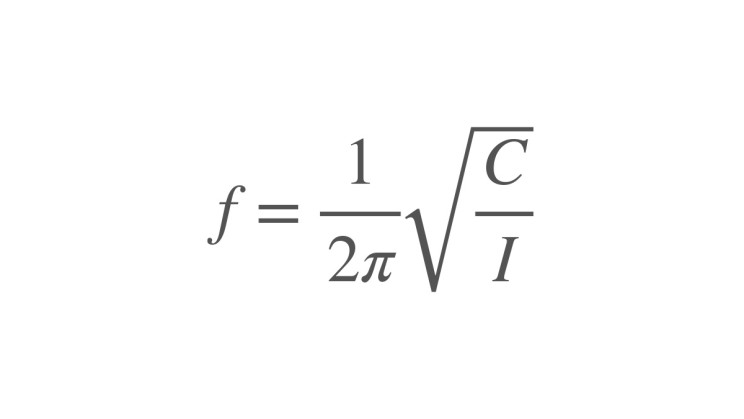
Ultimately, increasing the size of the balance wheel reduces the frequency of oscillations. Think of a figure skater spinning: she spins faster with her arms close to her body than when she extends her arms.
A Low Frequency of 2.5 Hertz
The oversized balance wheel of the Caliber 135 thus pairs with a low oscillation frequency of 2.5 Hz, where contemporary watches typically have a frequency between 3 Hz and 4 Hz. For comparison, the famous El Primero caliber from Zenith, capable of measuring time to the hundredth of a second, has a frequency of 10 Hz. This choice also echoes the mechanical watches and pocket watches of the past, where this cadence was often preferred for its regularity.
The Multiple Advantages of the Caliber 135
Additionally, an oversized balance wheel handles shocks better. In fact, a larger balance wheel allows for the placement of more balance screws, offering finer adjustment. Greater inertia makes the oscillations less sensitive to small fluctuations in energy, stabilizing the oscillation frequency and improving the movement’s regularity.
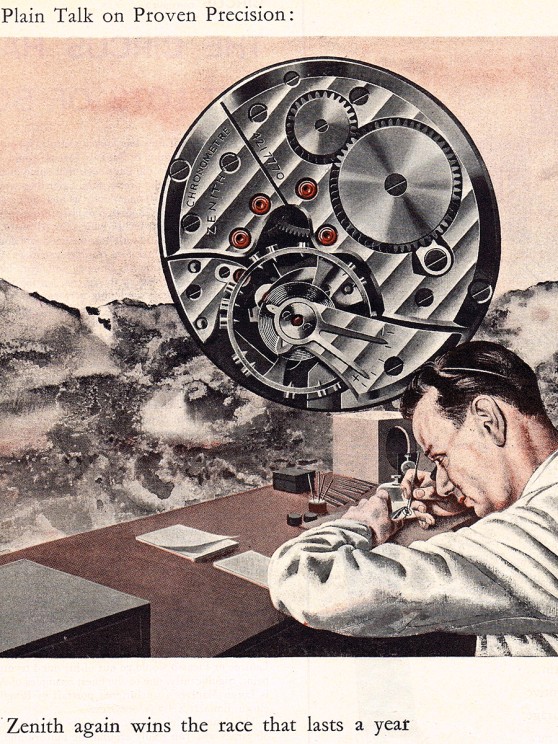
Another key addition is the stop-seconds mechanism, which instantly stops the balance wheel when the crown is pulled, allowing for precision time-setting to the exact second. This feature is particularly valuable for a high-precision chronometer.
Horological Substance and Style!
Beyond its technical excellence, the G.F.J stands out with its refined aesthetic. Its 39mm platinum case gives it a strong presence on the wrist, while the deep blue lapis lazuli dial, with its rare intensity, offers a unique play of shades on each piece. The "brick" guilloché on the dial pays tribute to the façade of the Zenith Manufacture and its founder Georges Favre-Jacot, whose initials GFJ appear subtly in the pattern. The mother-of-pearl seconds counter creates a delicate contrast with the rest of the dial, adding a touch of softness. Limited edition of 160 pieces.
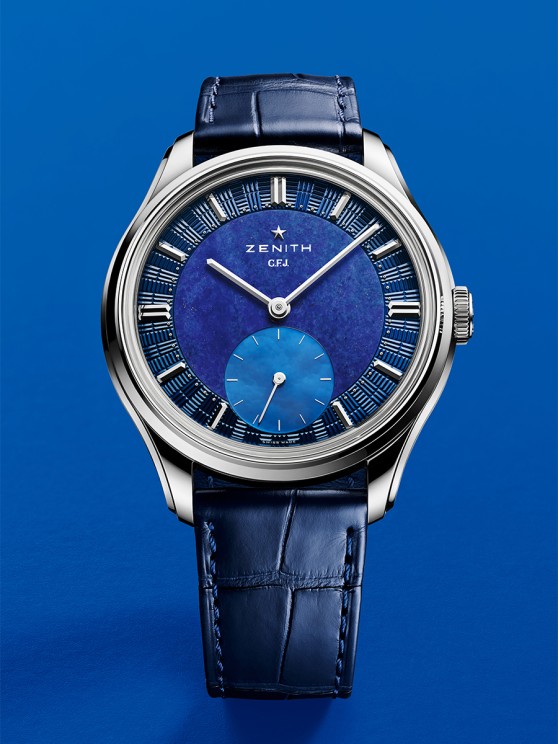
With the rebirth of the Caliber 135, Zenith reaffirms its commitment to horological excellence and the quest for precision that has shaped its history for 160 years. Much more than a simple reissue, the G.F.J embodies a delicate balance between tradition and innovation, paying tribute to the vision of its founder, Georges Favre-Jacot. By combining historical craftsmanship with technical advancements, Zenith consolidates its status as a reference in chronometry and proves that the history of fine watchmaking continues to be written with boldness and respect for tradition.
48’900 CHF
